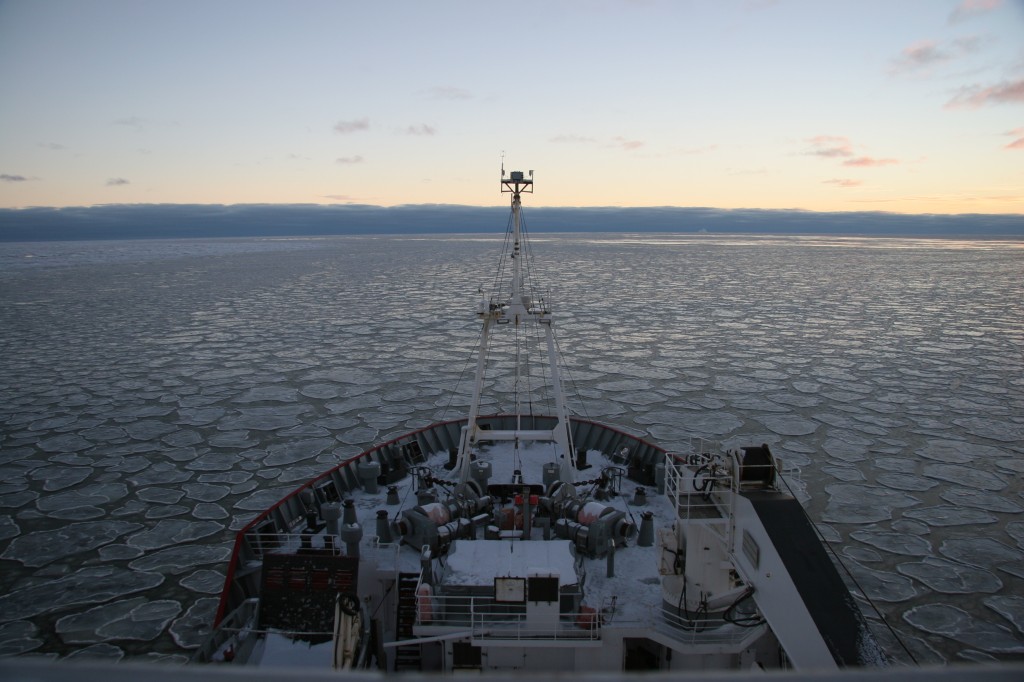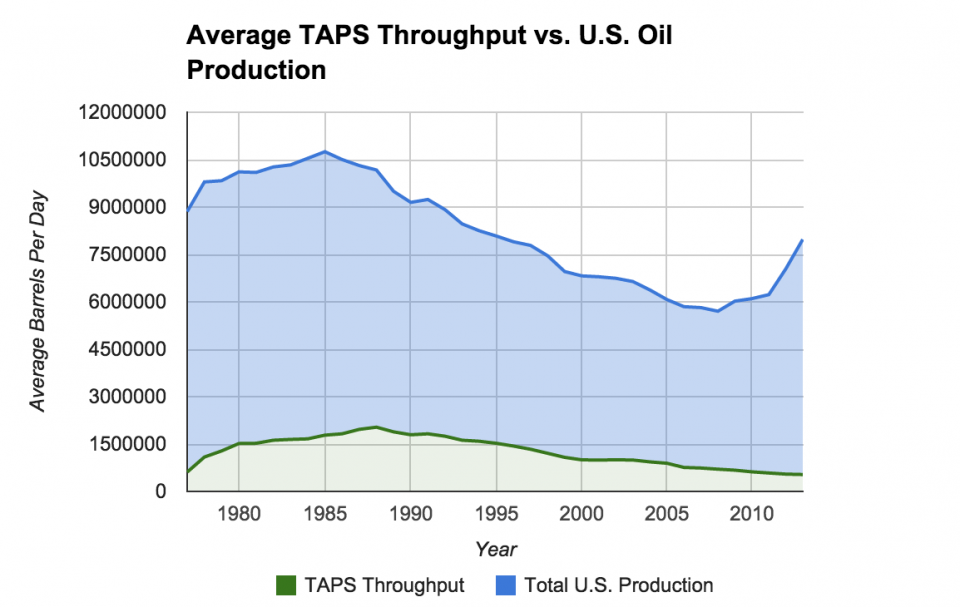The Energy Equation
As global energy demand increases, nations are increasingly looking for new sources of oil and natural gas in addition to renewable energy sources. With changes in Arctic ice patterns, producers have new opportunities to tap into energy resources in the region. The opportunity is vast.

- According to the USGS, the Arctic region holds roughly 22% of the world’s undiscovered conventional oil and natural gas resource base, about 30% of its undiscovered natural gas, 13% of its undiscovered oil and 20% of the earth’s natural gas liquids.
- The outer continental shelf adjoining Alaska includes two major potential development areas in the Beaufort and Chukchi Seas. Between them, they represent 27 billion barrels of oil and 132 trillion cubic feet of natural gas.
Several nations have made moves in recent years to tap into these resources. Norway launched an Arctic drilling program in 2013 to better position its state-owned energy company, Statoil, to leverage the regions resources. Russia has also moved into the Arctic with its own offshore drilling program. However, the U.S. is still waiting on the sidelines as companies wait for federal approval to move forward on plans to tap oil and natural gas resources from Alaska’s Beaufort and Chukchi Seas.

Alaskan offshore energy development could create thousands of jobs, and billions in new economic activity in both Alaska and the lower 48. Increased production would also help bolster the declining supply of energy through the Trans-Alaska Pipeline System. The pipeline is a critical part of our nation’s energy security. Each day, it helps carry energy resources south to West Coast markets, helping to reduce the region’s reliance on overseas oil imports and lower costs.

- According to the University of Alaska Institute of Social and Economic Research, an annual average of 54,700 new jobs “would be created and sustained through the year 2057 by development of the state’s outer continental shelf development areas, with 68,600 during production and 91,500 at peak employment.”
- Development of offshore oil and gas resources in the Beaufort and Chukchi Sea areas could generate $193 billion combined (in 2010 $) in revenues to federal, state, and local governments over the next several decades.
- The Trans-Alaska Pipeline System delivers roughly 14% of the oil processed by West Coast refineries and is critical infrastructure for national security. Without additional oil, the pipeline will have difficulty operating at lower throughputs of oil and may have to cease operating – at which time West Coast refineries would need to seek other sources of energy. Alaskan offshore development will help extend the operating life of asset.
For additional information on the resource potential in offshore Alaska visit:
- Northern Economics– for a report on the national-level benefits of Arctic energy production.
- Alaska Department of Natural Resources – a slide deck on the importance of increasing Alaska’s energy production